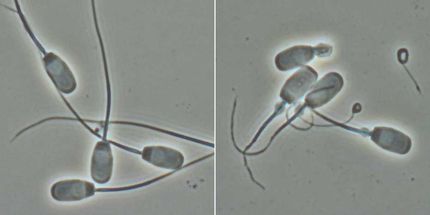Unraveling the Effect of Spatial Organization on Intracellular Chemistry
Advertisement
Tel Aviv University President Professor, Joseph Klafter, has co-authored a paper that brings together a myriad of seemingly unrelated chemical reactions creating a unified picture of reaction kinetics. "Geometry-Controlled Kinetics," published in Nature chemistry, contributes to our understanding of how the geometry of a particular medium affects the motion of molecules or other particles within that medium, determining how likely they are to actually meet and react chemically with one another. Applied to living cells, this new insight may serve as fertile ground for the development of new medications.
The questions addressed by the paper's authors may be likened to the following situation: Two friends have agreed to meet during the break of a football match in the stadium's coffee bar to have coffee together. How likely is this rendezvous to take place before the break is over, and what does this depend upon? Among other things, claim the researchers, the meeting depends upon some geometrical parameters, such as the size of the stadium (or cell), how crowded it is and how far apart the two friends (or molecules) are situated initially.
Professor Klafter and his colleagues from the Department of Theoretical Solid State Physics at Paris 06 University, tackled the problem by universalizing Albert Einstein's mathematical model for the diffusion of randomly moving particles suspended in a fluid (known as Brownian motion, this process may be exemplified by a drop of ink spreading in a glass of water).
Coining the new phrase "geometry-controlled kinetics," the researchers argue that geometry, in particular the initial distance between reactants in so-called compact systems, can become a key parameter in mathematical models for processes as varied as regular diffusion, anomalous diffusion and diffusion in disordered media and fractals. Their findings are of special significance for understanding the crucial role of the complex spatial organization of living cells in general, and genes in particular - where molecules of DNA, RNA and other proteins must travel, meet and react with one another quickly and effectively in order to sustain life.
Most importantly, this analysis provides scientists with new tools for investigating the effects of existing medications on cells, as well as developing drugs that are tailored to every patient. In the long run, it may even facilitate genetic manipulation procedures, in which defective genes will be replaced with healthy ones - a possible future cure for some devastating genetic diseases.




















































